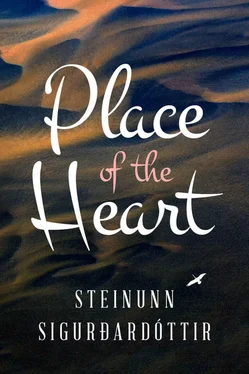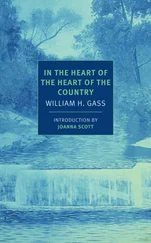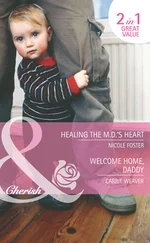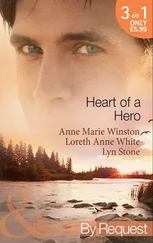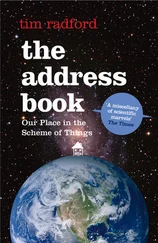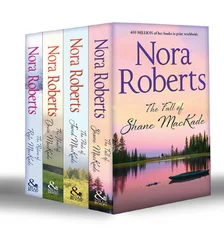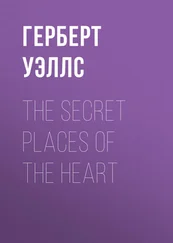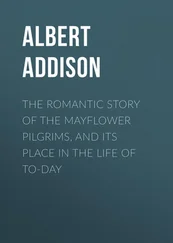Not me. I don’t remember anything at all. But if I did exist before, I would probably have been a wimp in all my lives.
You’re too sharp-tongued to be called a wimp, says Heiður.
A sharp-tongued wimp, that’s what I am. A toxic combination. No one realizes that’s what I am — even me — because it’s so unbelievable.
If a whole lot of people claim to be the same person in a previous life, it sure must be lively in travel groups, Heiður interjects. I heard about a tour guide in Egypt who ended up in quite a predicament, with seven reborn Cleopatras in the same group.
Heiður laughs at her own humor, gasping as if she has whooping cough. She’s welcome to laugh. It’s funny.
In Mýrdalur there’s a ravine with a red cottage at its mouth. The area has quite a few trees, and I’ve always wanted to have a look around, to hike up the ravine and examine it up close and see how it is and what grows there. But there’s never any time on the road, least of all now, on this trip all the way out east. When we were kids, we didn’t get to decide where we stopped. It was one of the things that we thought would change, but it hasn’t. Time and place are apportioned to us in advance. On this trip I’m obligated to stop and see Erika at Höfðabrekka, Uncle Arnbjartur at Glóra, and particularly Aunt Bettý at Útheimar. It’s just like in life itself — no one determines his own stop. It’s determined ahead of time, as far as I can see.
The here and now is uncontrollable, the moment is past before it began. Life is one continuous follow-up, processing and then preparing for the future, the next moment.
DAYS ON THE ROAD will be the name of one chapter in my autobiography, which will never be written, and the old road up out of Mýrdalur will get at least a page.
As soon as Kambar was behind us, I could start to feel apprehensive about Mýrdalur, though it was far, far ahead of us. I shuddered at the thought of whether it was worse to travel up a steep slope or down, and realized that both were equally bad.
I used to ask Mom to let me know before we came to the frightful road just before Vík so that I could spread a blanket over my head in time and avoid the torment. It ended with both Mom and me spreading the blanket over our heads and my brother, Sibbi, having a fit over the scandalous behavior of the idiotic women in his family. At the same time Dad talked about how the stretch all the way down to the bottom of the ravine above Vík and then upward could be life-threatening, not least on ice and in darkness. I knew a man who died there, added Dad; his car slid off the road down into the ravine here . Dear Dad, he didn’t always realize exactly what he was saying, and Mom and I whined in unison like two owls — ooh hoo — beneath the blanket. When Dad said that it would be safe to take off the blanket, I saw a thick white line in the sea beyond the village.
What’s that?
It’s called surf, replied Dad.
How’s the surf born?
The surf isn’t born. It always exists on the sea.
Like children. Do children always exist, also before they’re born?
Yes and no. Half of them exist in women, the other half in men. Which sperm from which man meets which egg from which woman is a coincidence.
What’s a coincidence?
I never got an answer to that question, because Mom broke in and said: It’s more a miracle than a coincidence how an individual reproduces.
Can’t it be both, dear, coincidence and miracle? asked Dad.
You can spend a lifetime on this, wondering whether you’re a coincidence or a miracle, if not both. I suppose for a person with my appearance, it’s certainly something to consider. Mom said a miracle. Why didn’t I get down to business and compel her to tell me the whole story while there was still time? What miracle am I, Mom? I’m me, I’m supposed to be here still after you’re dead, I’m entitled to know what I am. Hardly a truly Icelandic miracle. And don’t start talking about Hans Jonathan. I know that he was an immigrant from the Caribbean, born in Saint Croix in 1790, and he lived in Djúpivogur, in eastern Iceland. He was pitch-black, but none of his descendants could look like that now. Anyway, according to the parish registers I’m not related to him.
The parish registers don’t necessarily tell the whole story, little Eisa.
Mom, we’re well into the twentieth century, don’t forget. I still look like a mulatto.
It doesn’t matter who your father is.
I know it doesn’t matter to you, because you’re dead. Nothing matters to you anymore.
Mom guffaws, her mouth open wide, displaying her long lipstick-colored teeth.
Damn, that was funny, says the mouth. You’re making progress.
It may not be that funny.
She raises the volume of this terrible laughter of hers, which always drowned out my own. I’m so wary and so afraid of laughing like her or some other idiot that I almost never laugh out loud except when I’m alone. My friend Jói noticed this. THE WOMAN WHO DOES NOT LAUGH. That was the name of the little poem that he wrote for me two and a half weeks before he died.

Heiður stops on the slope above the village to take photos. She says that the light’s special here. With half the sky blue and half lightly gilded, it resembles a glacier beneath the shining sun.
The sea adjoins the sky. It’s good to be where sea and sky meet.
Heiður runs off up the slope. I lean contentedly against the trusty old pickup truck that’s transporting Edda and me far to the east, to a foggy valley lush with vegetation.
Seen from above, the village appears fast asleep: not a car on the road, not a soul stirring, not a blade of grass wavering. Only one thing is moving, in its entirety: the sea. Even in calm weather, the industrious sea’s incomprehensible powers create currents that quicken like a kind of life, turning to breakers beneath a little village far to the planet’s north, on an island where few people live, scattered along shorelines. The surf’s a squirming foamy-white streak, ineffaceable from this northern village that is in fact southern, because it’s southernmost in its own land, southernmost on this big island, a green village with bright-green cliffs from the lowest ledge to the highest. There the massed seabirds line the rock pedestals with droppings, transforming them into cushions for themselves and their own in immense bird parlors.
I first saw the village of Vík in Mýrdalur and the Reynisdrangar sea stacks from a ship when I was just a tot, but I recall them very clearly and that entire land of plenty, the south coast with islands just beyond the sandy beach, the inland mountains, the huge green fields, and the broad bulging glaciers.
I learned that the Reynisdrangar stacks were originally a troll couple on horseback with a child, and maybe a dog, all of whom turned to stone as the sun rose. Dad and Mom and me in a previous existence, but the dog a stray. I found it a clever arrangement that we stone-folk should be able to be reborn in flesh and blood, and I was downright happy that Sibbi didn’t exist at the time.
The village has certainly chosen itself a beautiful location, although it’s vulnerable to sea and land as it cuddles beneath crags and peaks and a real glacier containing a malicious volcano.
The volcano is called Katla, said Mom as we stood out on the ship’s deck, and no one knows its whereabouts in the glacier for certain. But after it erupts, it floods everything, with ice chunks as big as apartment buildings. People have to abandon their houses and flee for their lives.
No one knows precisely where the crater is, precisely where the lava spews up out of the earth. It’s impossible to pinpoint, like the craters in the volcanic zones of our souls.
Читать дальше
